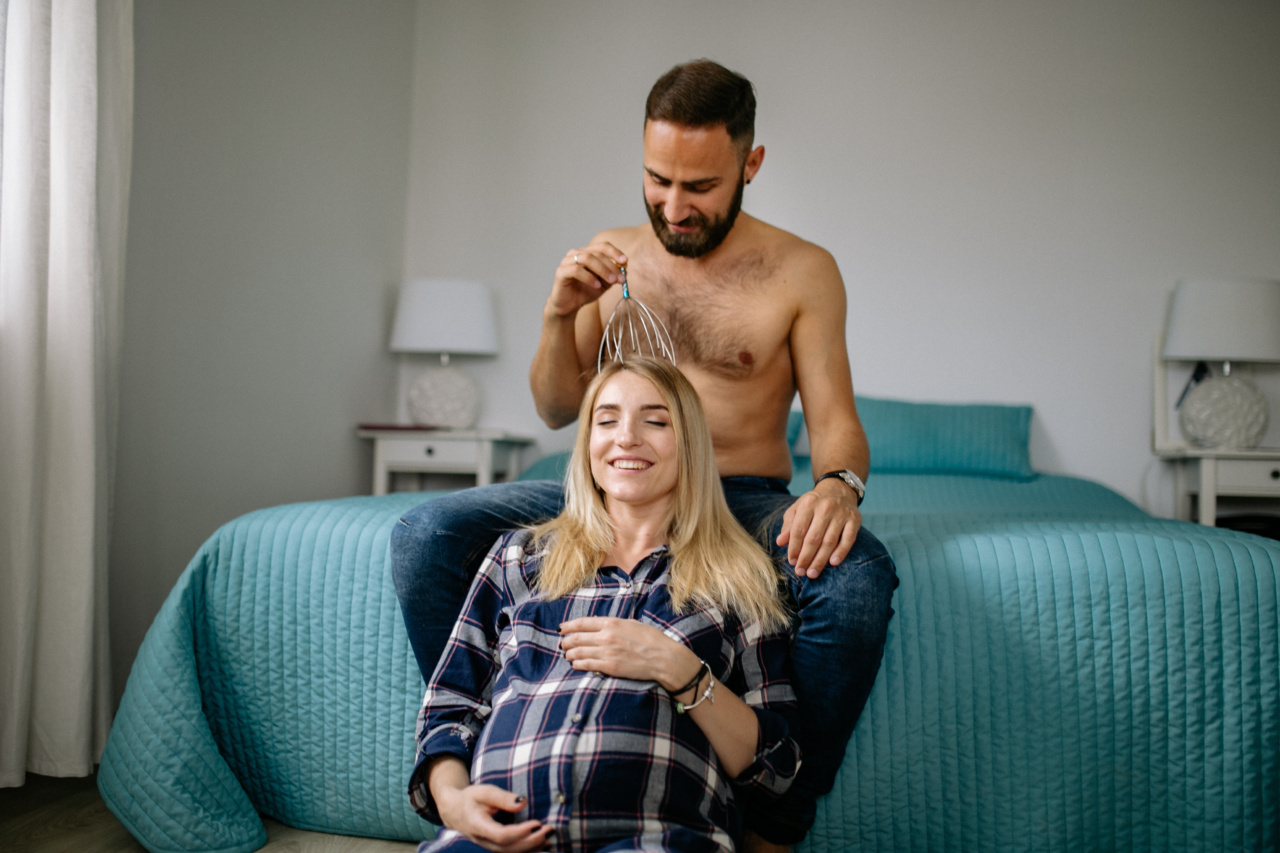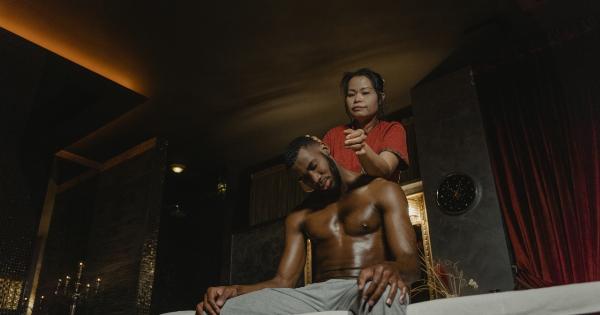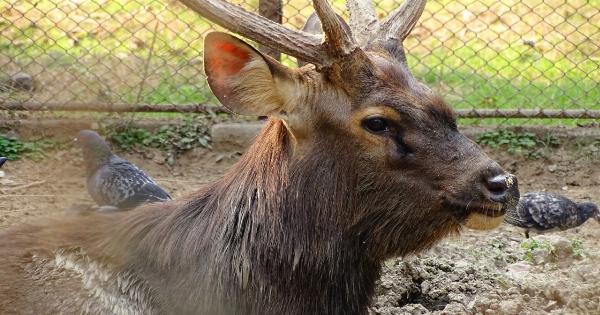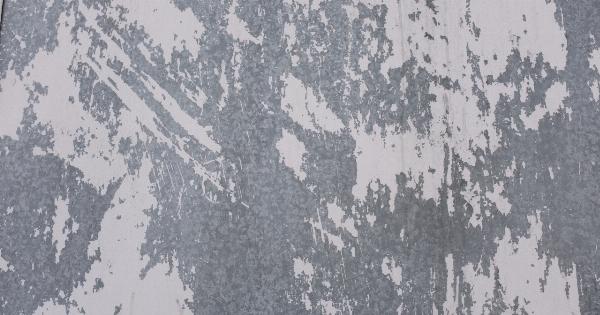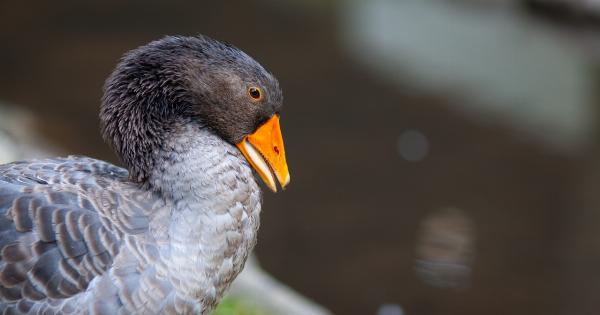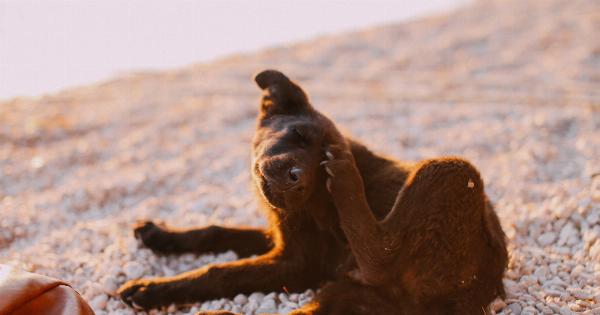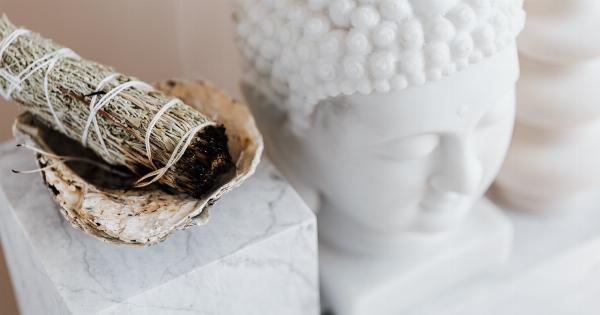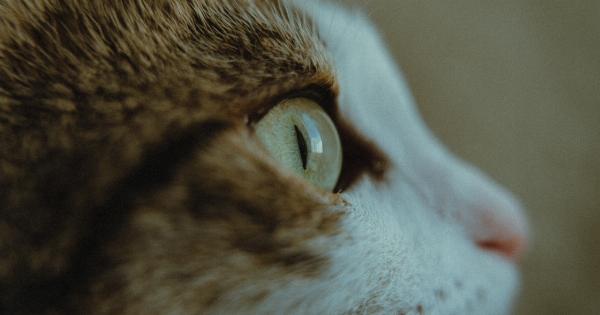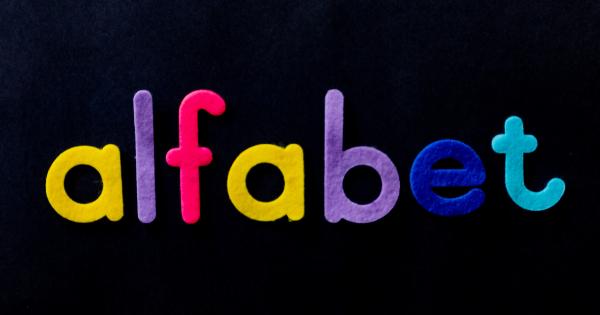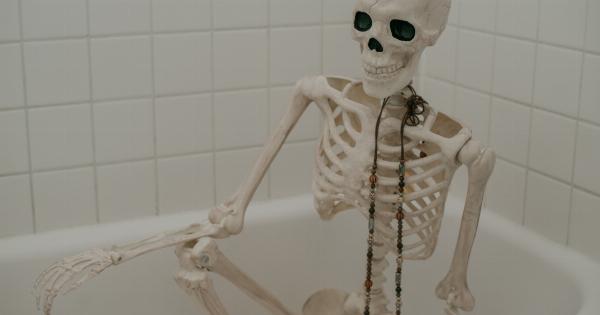Head lice are a common problem that affects school children and their families. These tiny, wingless insects feed on human blood and are spread through direct head-to-head contact.
While head lice are not harmful, they can cause itching, irritation, and embarrassment. If your child has head lice, it’s important to act quickly to prevent the infestation from spreading.
Recognizing Head Lice
The first step in dealing with head lice is to recognize the problem. Head lice are small, brownish-gray insects that live on the scalp and feed on blood. They can be difficult to see, as they are only about the size of a sesame seed.
However, you may be able to spot their eggs, known as nits, which are tiny, white specks that are attached to individual hair strands. Nits are often found at the base of the hair shaft, near the scalp.
Preventing the Spread of Head Lice
Head lice are most commonly spread through direct head-to-head contact, although they can also be spread through sharing hats, combs, or hair brushes.
To prevent the spread of head lice, it’s important to encourage your child not to share these types of items with other children.
You should also educate your child on the importance of avoiding head-to-head contact with other children. This can be difficult, especially with younger children who are prone to hugging and playing closely with others.
However, by discussing the importance of not sharing hats or hair brushes, you can help your child understand the importance of healthy hygiene practices.
Treating Head Lice
If your child has head lice, it’s important to act quickly to prevent the spread of the infestation. There are several over-the-counter treatments available for head lice, including shampoos, creams, and lotions.
These treatments typically contain insecticides that kill the lice.
Before using an over-the-counter treatment, it’s important to carefully read the instructions and follow them closely.
You should also consult with your child’s healthcare provider before using any treatment, especially if your child has sensitive skin or a history of allergies.
In addition to using an over-the-counter treatment, it’s important to thoroughly comb your child’s hair with a fine-toothed comb to remove any remaining lice and nits.
This should be done daily for at least a week after the initial treatment.
Cleaning Your Home
Head lice can survive on bedding, clothing, and other items for up to two days. To prevent the infestation from spreading, it’s important to wash all bedding, clothing, and towels in hot water and dry them on high heat.
You should also vacuum carpets and upholstery, and disinfect combs, brushes, and other hair accessories.
While it may be tempting to throw away infested items, such as pillows or stuffed animals, this is not necessary.
Head lice cannot survive off of the human scalp for more than two days, so simply sealing these items in a plastic bag for a few days will be sufficient to kill any remaining lice or nits.
Working with Your Child’s School
If your child has head lice, it’s important to notify their school and any other organizations they are involved in, such as sports teams or dance classes. This can help prevent the spread of the infestation to other children and families.
Many schools have specific policies in place for dealing with head lice, such as requiring infested children to stay home until the infestation has been treated.
You should work closely with your child’s school to ensure that all necessary precautions are being taken to prevent the spread of head lice.
Preventing Future Infestations
Once you have successfully treated your child for head lice, it’s important to take steps to prevent future infestations.
Encourage your child to practice good hygiene habits, such as washing their hair regularly and avoiding head-to-head contact with other children.
You should also continue to check your child’s hair for lice and nits regularly, especially if there has been an outbreak in their school or community.
By taking these steps, you can help prevent future infestations and keep your family healthy and lice-free.
